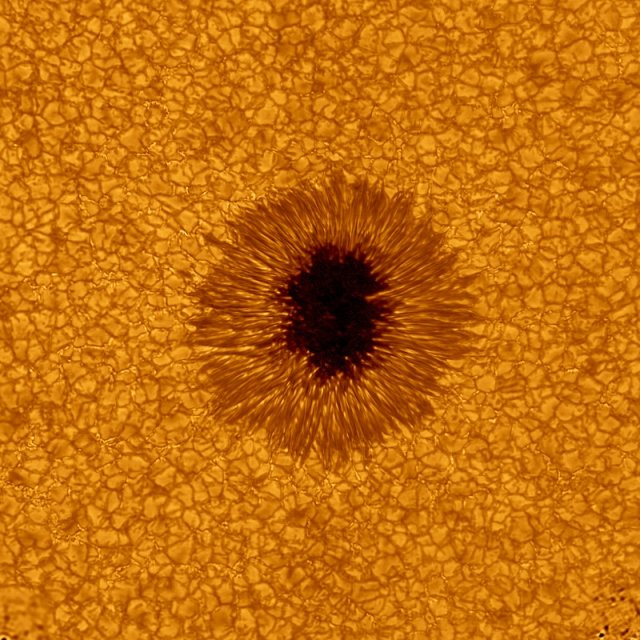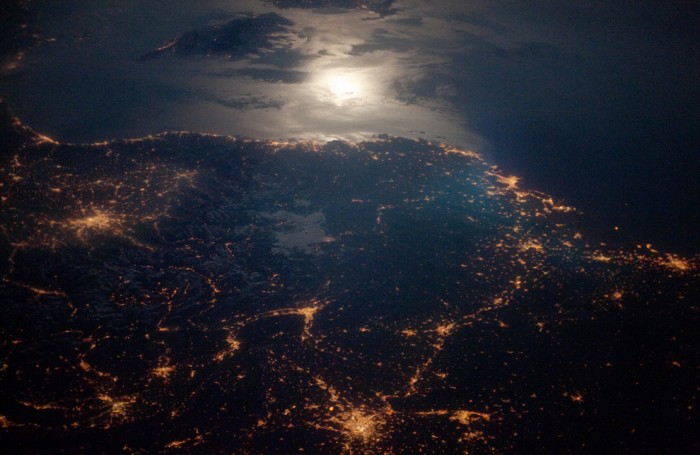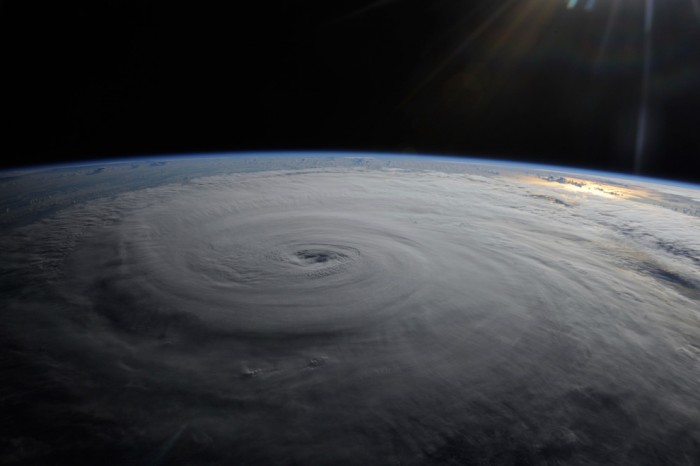Zarmina: Carl Sagan Would Have Been Ecstatic
In very short time since scientists began thoroughly inspecting the sky for exoplanets, a planet suitable for biological life has been found and dubbed Zarmina (Gliese 581g officially). I think this is mind-shattering for two reasons:- With Zarmina discovered so quickly, the number of exoplanets suitable for life must be staggeringly high. Thusly, the likelihood that life has arisen on a candidate exoplanet must be comparatively high. (Whether such life endured is another issue.)
- Zarmina — or Gliese 581g — is “only” 20 light-years away. This is right next door in space terms.
You’ve said in interviews that you’re sure there’s life on the planet. Why do you believe that?
Somebody asked me my opinion, and I gave it. I’ve actually received a lot of criticism for saying that, as if I’m a bad scientist for stating what I believe. I don’t have any facts that prove anything like that - I just have my opinions. It’s hard to make this obvious in a soundbite but the universe is a vast place and most of it is totally unavailable for life as we know it. There are two things in the universe you can’t get around: Temperature and gravity. So if you are in interstellar space you’re at 2.7 degrees kelvin. Your atoms are hardly vibrating and you’re not going to be alive. Life as we know it can’t survive. So you have to be near a star. That’s good, but stars have gravity and you can fall into them. Your only hope is to be near a star but not falling into it – you need an orbit. And that’s magical. That’s where you can have enough warmth, but not turn into a cloud of plasma because you’ve fallen into the star. So when you have a planet in orbit and it’s the right size and in the right orbit [like Zarmina], it’s a very special place. There are many planets like that but we didn’t know that [until our discovery].
I’m not an expert in biology but when you read about the conditions under which life took hold on this planet – it was a terrible place 4 billion years ago, with no oxygen. Yet life came on the scene quickly. Something hit Earth so hard it broke off a chunk that created the Moon. And yet life kept coming back over and over again. You learn from that that it’s hard to stop life.
So when I look at a place like this planet, with strong gravity and a good temperature – all those conditions are just perfect. It would be easier for life to evolve on that planet than on Earth. So, heck I’m pretty sure there’s life there. Maybe you won’t be filming Corona commercials on the beach there but it will be life.
– Steve Vogt, the astrophysicist who discovered Gliese 581g
Read the full interview at io9.com: The astrophysicist who discovered Zarmina describes life on “second Earth”
I think it’s an amusing coincidence that the United Nations feels forced to deny allegations that it has appointed Earth’s ambassador to extraterrestrial life at almost exactly the same time Gliese 581g was discovered.
LAST Sunday, it emerged that the UN was set to appoint a Malaysian astrophysicist called Mazlan Othman to lead international efforts to respond to visitors from outer space. As the article in the Sunday Times explained, Dr Othman is the head of the UN’s Office for Outer Space Affairs (Unoosa). But then an article on the Guardian’s News Blog seemed to pour cold green slime over the whole story. The Guardian reports that Dr Othman said, “it sounds really cool but I have to deny it”. Dr Othman is quoted as saying she is attending a conference next week on how the world deals with “near-Earth objects”.
This cannot be correct unless Unoosa considers aliens to be near-earth objects (like comets and asteroids). The Guardian did not contact the author of the original piece. Yet it is a matter of record that Dr Othman is due to attend a meeting at the Royal Society next Monday about how science and society should respond to aliens. If she turns up to talk about near-Earth objects, she’ll be politely shown to the transporter chamber.
From The UN’s secretive alien ambassador
We’ve found at least two stellar objects capable of housing life in our own solar system, and we’re now beginning to discover hundreds of worlds outside it. We’re naïve to think we’re the center of anything, or, indeed, that we are alone in this universe. The only questions are if we will witness what Carl Sagan dreamed with Contact in this epoch, and if we’ll be prepared for the possibility of both good and bad encounters.
Personally I’d rather have a hundred bad encounters than none at all.
Modern Science Map
Here’s a really cool “map of science” by Crispian Jago:
500 Years of Science, Reason & Critical Thinking via the medium of gross over simplification, dodgy demarcation, glaring omission and a very tiny font.
The map of modern science was created to celebrate the achievements of the scientific method through the age of reason, the enlightenment and modernity.
Not Sauron's Eye - Just a Sunspot

The picture above wasn’t taken out of a movie adaptation of a J.R.R. Tolkien story. No, in fact it is a very detailed image of a sunspot taken by New Jersey Institute of Technology’s Big Bear Solar Observatory. That only leaves me slightly more disconcerted.
Asteroid Discoveries from 1980 to 2010
Here’s a time-lapse video showing asteroid discoveries from the past three centuries. Quite interesting to see this game of cosmic Pong:The significantly higher number of detected asteroids in 2010 is due to more precise observations from the Wide-Field Infrared Survey Explorer (WISE).



